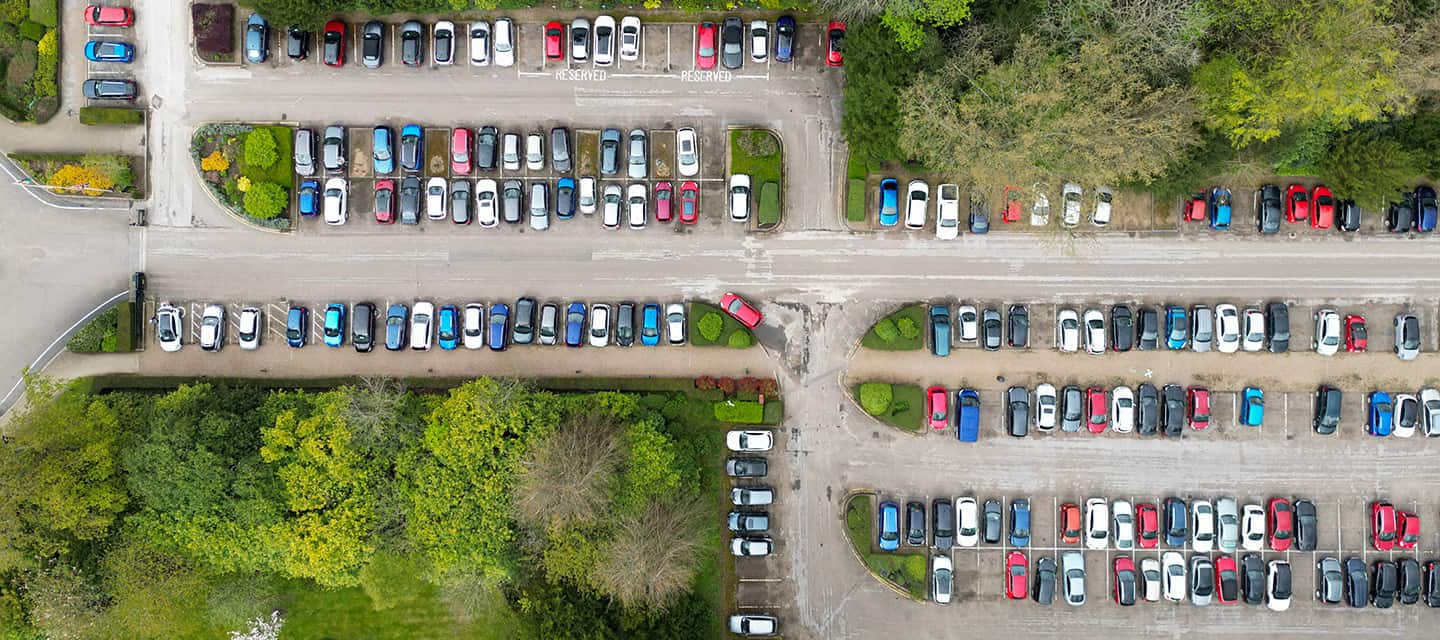

Understanding how insurance costs are calculated for a specific vehicle can be helpful when choosing your next car.
Just as personal risk factors like your driving history and location influence your car insurance premiums, vehicles are also assessed based on risks. In this guide, we explain everything you need to know about car insurance groups.
Car insurance groups are a way of classifying every make and model of car on the road to help insurers set the price of your cover.
The risks of your vehicle being involved in an accident or stolen, and the costs associated with that, are calculated from manufacturer data and vehicle-led research. This calculation, or group rating score, places a vehicle in its car insurance group.
There are 50 car insurance groups, each numbered from 1 to 50. Group 1 cars are the lowest risk and the cheapest to insure, while group 50 vehicles represent the highest risk and are the most expensive to buy cover for.
Choosing a car from a lower insurance group (like group 1) usually means you’ll pay less for insurance. Cars in these groups often have smaller engines and are easier to repair because parts are more available. On the other hand, cars in higher groups have more powerful engines, are harder to fix, and are more appealing to thieves, making their insurance more expensive.
Several other factors automatically affect the cost of your car insurance premium, including:
There are also some factors where you have more control over your car insurance:
If you can’t remember who you’re insured with or when your policy is due for renewal, explore our guide to checking your car insurance.
At Saga, we have three different Comprehensive policies to choose from, all of which include our uninsured driver promise, which means you won’t lose your No Claim Discount, and there’s no excess to pay if you’re hit by a driver who isn’t insured and you provide us with their vehicle details.
| Group | Car type | Examples |
|---|---|---|
|
Group 1 |
These cars are among the cheapest to insure. |
Citroen C1, Fiat Panda, Vauxhall Corsa |
|
Groups 2-5 |
Often have more affordable insurance prices because of less powerful engines and low repair costs. |
Toyota Aygo, Ford Ka, Peugeot 107 |
|
Groups 6-10 |
Cars with slightly more powerful engines that still often have below-average insurance prices. |
Hyundai i10, Toyota Yaris, Citroen Berlingo |
|
Groups 11-20 |
Cars that have slightly bigger engines. Not the cheapest to insure, but not the most expensive either. |
BMW 1 Series, Ford Focus, Land Rover Freelander |
|
Groups 21-30 |
Cars in this group range are more expensive, and their insurance costs are higher than average. |
Alfa Romeo Giulietta, Nissan Qashqai, Audi A3 |
|
Groups 31-40 |
These cars have above-average insurance prices and generally cost more to buy or repair. |
Jaguar XF Prestige, Cadillac CTS, Land Rover Range Rover |
|
Groups 41-50 |
The most expensive cars and the costliest to insure. These are often high-performance vehicles and cars that might be more attractive targets for thieves. |
Ford Mustang, Porsche 911, BMW i8 |
When you look at car insurance groups, you’ll see letters that tell you about the car’s security features:
The Association of British Insurers (ABI) uses information from Thatcham Research to decide which of the 50 groups a new car belongs to. Cars are rated based on several factors, including:
How badly will the car get damaged in an accident, and how much will it cost to fix? The lower the anticipated costs, the lower the insurance rating is likely to be.
The price you pay for a new car is a good indicator of the cost of replacement or repair. The higher the value, the higher the car insurance group.
What manufacturer security features does your car have? The more difficult it is to break into, the better for the insurance rating.
How long will your car take to repair after an accident? Longer repair times usually mean higher costs and a higher group rating.
Your bumper performance in an accident is important. Cars with bumpers that are most compatible with insurers’ criteria will receive lower insurance ratings.
Fast, powerful cars are often at a greater risk of being involved in insurance claims, so they’ll be heading straight for one of the highest insurance categories.
Does the car have an Autonomous Emergency Braking (AEB) system? If it does, it makes it less likely to be involved in low-speed front to rear accidents, which might lower your insurance costs.
Finding out which car insurance group your vehicle belongs to is straightforward. Just follow these steps:
It’s safe to assume that a Land Rover Discovery or Audi A6 will be grouped much higher than a Skoda Fabia Classic or a Citroen C1. However, a particular variation of a model can be in a completely different group depending on the specifications.
Bear in mind that these group ratings are only recommendations for insurance providers. Insurers will use the ratings to calculate insurance premiums in combination with the risk of the driver.
Whether you're looking for straightforward insurance or cover that's packed with extras, our car insurance has plenty of options for people over 50.


Choose our highest car cover level Saga Plus and freeze the price of your car insurance for 3 years if nothing changes. T&Cs apply.
There's plenty to explore and learn about our car insurance cover.

Choose Saga Plus and fix the price of your insurance for the next 2 renewals, if nothing changes. T&Cs apply
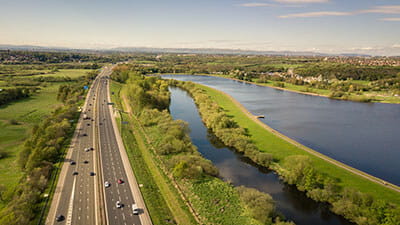
Our guide to what you have to pay in the event of a claim may reveal something that surprises you.

It depends – the days of automatic discounts for women drivers are long gone. But there are ways everyone can save.
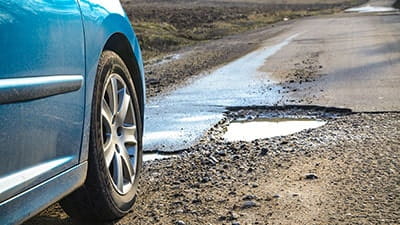
Don’t let potholes leave you out of pocket. How to avoid holes in the road or make a claim if you hit one.
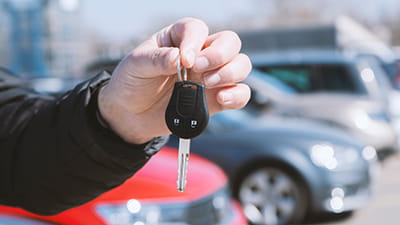
You’ll be back on the road in no time with a courtesy car to keep you mobile while yours is being repaired.
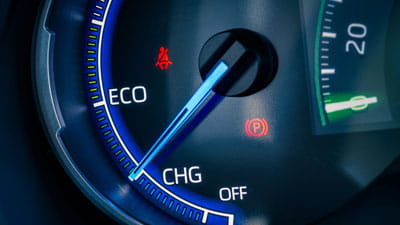
Stay topped up and ready for driving action with our quick guide to charging time and options.

Do you need additional personal accident cover? Find out more about the benefits of Increased Personal Accident cover.

Your changing priorities matter to us, we’ve got your plans covered with over 60s car insurance.
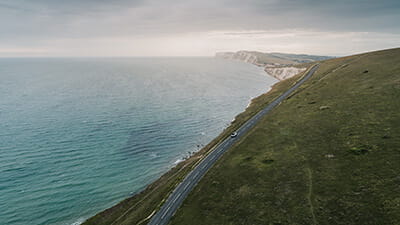
You'll be protected with the legal minimum cover against damage to third party cars and occupants, and others’ property.
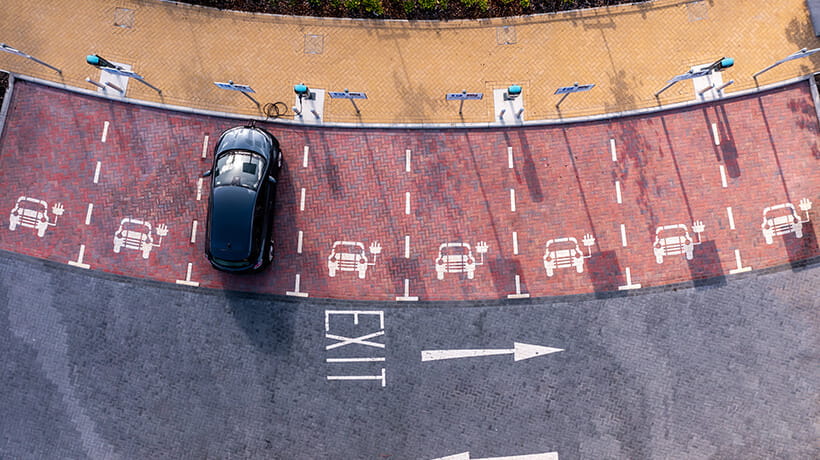
As electric vehicles increase in popularity, Saga explores how familiar drivers are with EV road signs and symbols, examining those from Gen Z to over 50’s.

Life without a vehicle is almost unthinkable for many of us, but could a courtesy car ride to the rescue?

Get to know the ins and outs of our car insurance and how you can make the most of your cover

Need help? Take a look through our most frequently asked car insurance questions - you may find the answer you're looking for.